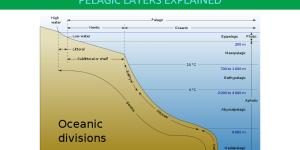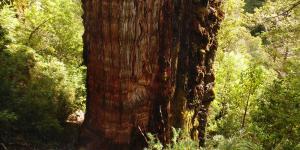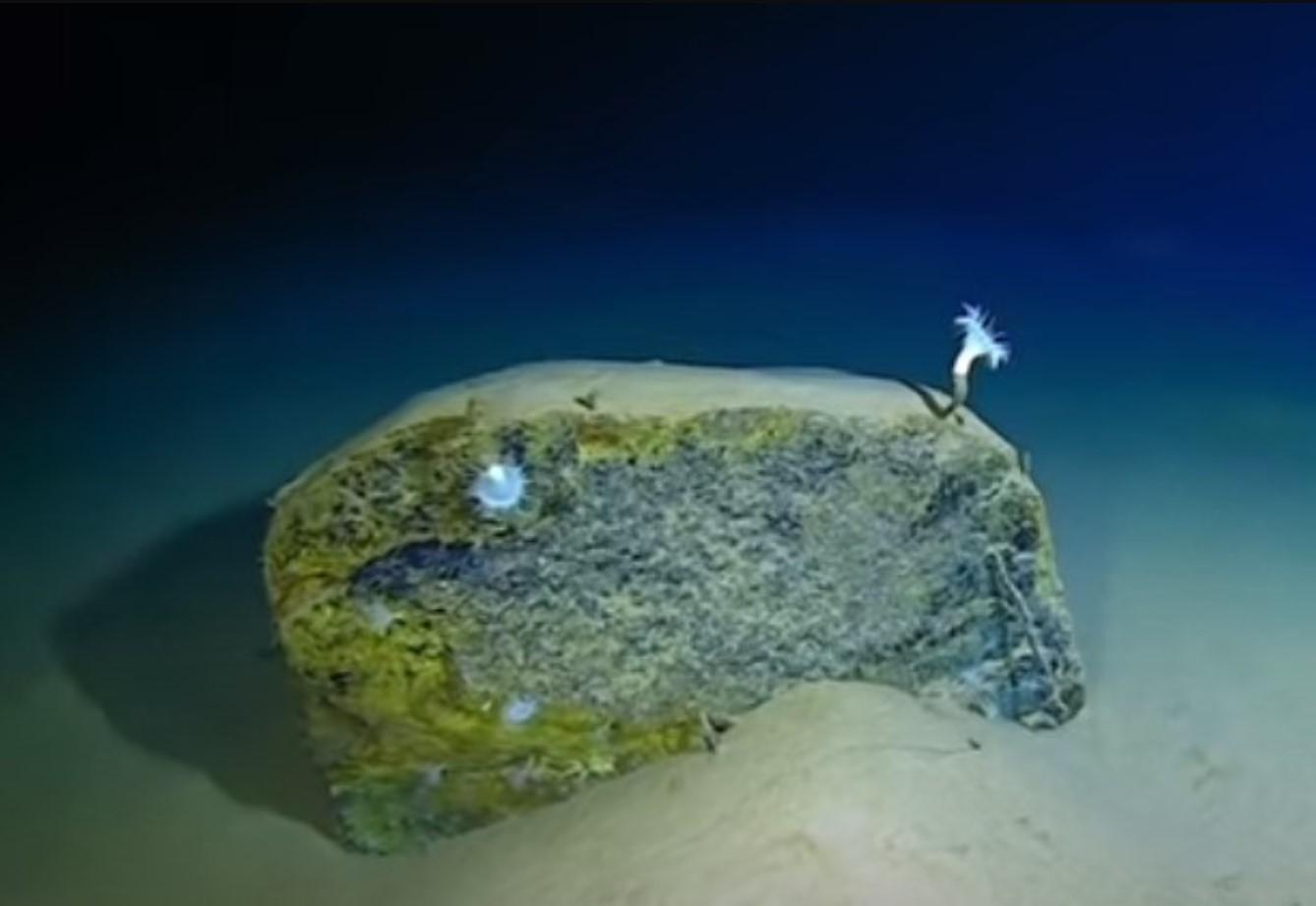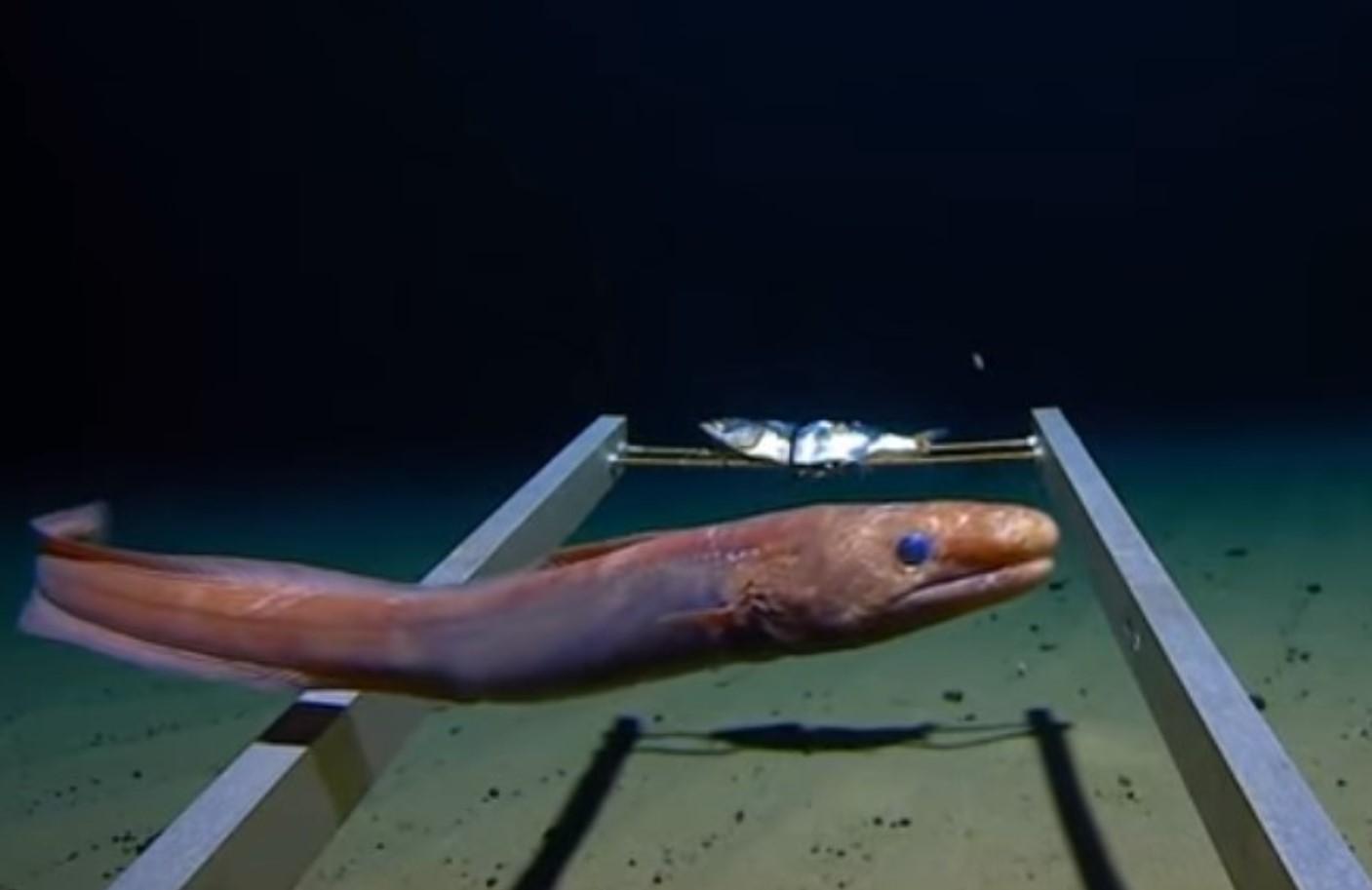Animals in the Mariana Trench


The Mariana Trench is a huge depression on the seabed of the Pacific Ocean. It has a rounded shape and the exact depth of the Marianas Trench is still unknown. We do know that the deepest known point in the Mariana Trench is the Challenger Deep at 10,984 meters. Only 3 manned missions have reached the bottom of the trench, meaning we have been to the moon more times on the actual bottom of the seabed. Being so inaccessible means we do not know very much about the types of plants and animals living in the Mariana Trench.
This does not mean we do not know anything. thedailyECO can reveal what we do know by looking at the animals in the Mariana Trench. We look at examples of these animals as well as some of the deep sea photos we can use as evidence of their existence.
How deep is the Mariana Trench?
The Mariana Trench is a depression in the seafloor of the western Pacific Ocean. It has a rounded shape and measures 2,550 km long by 69 km wide (1585 x 43 miles). As for the depth of the Mariana Trench is, it is not yet known exactly. Many attempts have been made to determine its depth. In 1985, the crew of the British ship HMS Challenger were the first to measure the trench, reaching a depth of 8,184 meters before returning.
Current estimates report the deepest known point in the Mariana Trench as being 10,984 meters. This is currently the deepest known place on planet Earth. To honor the first ship that investigated the trenches, this point was called the Challenger Abyss.
Due to the difficulty of exploring the ocean floor, many myths and legends have been formed around the Mariana Trench over the years. This include the presence of the megalodon shark, a species of gigantic extinct megafauna that lived during the Cenozoic. While there is evidence they once lived there, none are currently known to exist. Other giant prehistoric beings such as the Kraken have also been said to live there, although these may be myth.
While we cannot confirm the presence of these creatures, there is no doubt the Mariana Trench instills a great curiosity in our collective imagination. Much of this is encouraged by the fascinating animals that do live in the Mariana Trench.
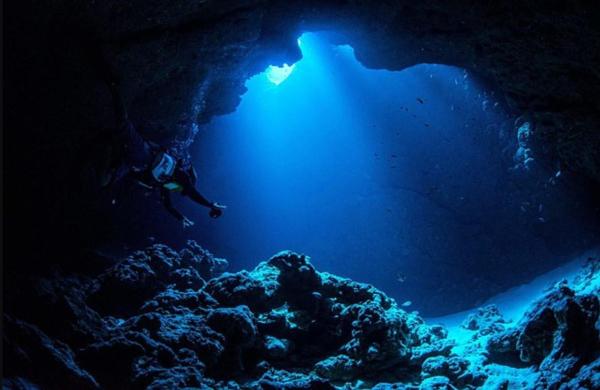
Where is the Mariana Trench?
This Mariana trench is located in the Pacific Ocean, south-east of the Mariana Islands. This is the reason for its name, themselves named after the 17th century Spanish Queen called Mariana of Austria. The countries closest to the trench are Japan and China to the north, Taiwan, the Philippines and Indonesia to the east, and Papua New Guinea to the south.
Despite their proximity to these Asian countries, it should be noted that the Mariana Islands and the Mariana Trench belong to the United States of America. The trench was declared a National Monument of this country.
Below, you can see the map of the Mariana Trench to learn more about where this abyssal trench is located.

How was the Mariana Trench formed?
Although it is not known precisely, experts hypothesize that the Mariana Trench was formed by subduction. This a process by which a plate of the Earth's crust sinks below the edge of another plate. In each subduction process a subduction angle originates. In the case of the Marianas Trench, this is estimated to be approximately 90º.
We must take into account that the Mariana Islands, together with the Mariana Trench, are part of the Pacific Ring of Fire. This area is known for concentrating some of the most important subduction zones in the world that cause great seismic and volcanic activities. The subduction that gave rise to the Mariana Trench is believed to involve the subducting Pacific plate under the Philippine plate.
Are there animals in the Mariana Trench?
Like everything related to this extraordinary marine depression, it is not known precisely what is at the bottom of the Mariana Trench. With respect to biodiversity, it seems that the environment of the Mariana Trench is not conducive to life.
The reasons why not much life exists in the Mariana Trench is due to the following:
- Extremely high pressure
- Very low temperatures
- Absence of sunlight
Despite these harsh conditions, there have been many research efforts that allowed us to discover that there is life in the trench. In this section, we will talk about the animals of the Marianas Trench. According to the United States National Oceanic and Atmospheric Administration Office, the trench can be divided into three sections:
- First layer: it covers from the surface to about 200 meters deep. Sunlight penetrates through this layer and coral reefs were observed as in other parts of the planet.
- Second layer: it covers from the end of the first layer to 600 meters deep. Here volcanoes can be found and also animals which are common in similar depths of the ocean.
- Third layer: it covers from the end of the second layer to the Challenger Abyss. Here we can find animals such as sea cucumbers, amphipods, xenophiophores and more than 200 species of microorganism. Among the animals in the Mariana Trench, the xenophiophores are the most difficult to study. These are giant unicellular organisms that resemble sea sponges in appearance and are highly specialized to live in extreme conditions.
Finally, it should be noted that during 2019 plastic remains were found at depths never before imagined. This raises the question of how far pollution caused by human activities can go. This is a type of environmental degradation which had not previously been discovered.
Examples of animals in the Mariana Trench
Now we know that life can exist in the Mariana Trench, we can look at some examples more closely. The animals that live in the third layer of the trench are very difficult to study, but some evidence of the following has been found:
- Goblin shark (Mitsukurina owstoni): this type of shark has retractable jaws and a long, pronounced nose. It is one of the largest animals that can live in very deep water. It cannot live as low as the deepest part of the trench, but has been spotted at depths of over 1,500 meters.
- Marianas¡ snailfish (Pseudoliparis swirei): very deep water traps were used to discover this fish. It is possible they hold the record for the fish caught at the lowest depth of seafloor. Since there is no light where they live, they have transparent skin.
- Sea cucumber (class Holothuroidea ): these echinoderms have different tissues when they live at lower depths. Their bodies are more gelatinous to help them withstand the pressure. They use this tissue to control buoyancy.
- Amphipods (order Amphipoda): these are crustaceans which grow much larger than those which live closer to the surface.
Animals in the Marianas Trench tend to be larger than other animals at higher depths. This is due to something known as abyssal gigantism. It is not well understood, but it seems that animals from these depths tend to grow larger. This is possibly due to food scarcity, protection from lower temperatures or even something to do with the pressure. It is one of the reasons legends abound about creatures such as the giant squid.
Learn more about this cephalopod with our article on the difference between squid and cuttlefish.

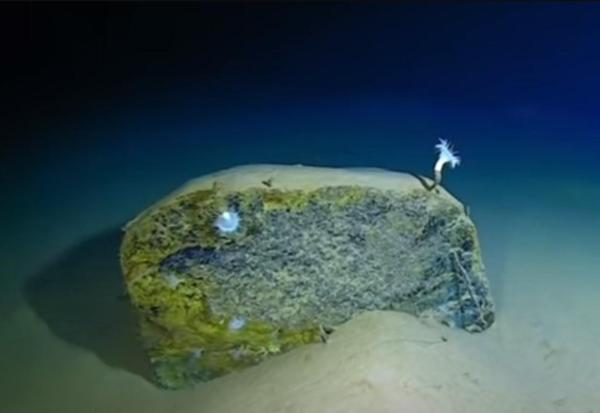
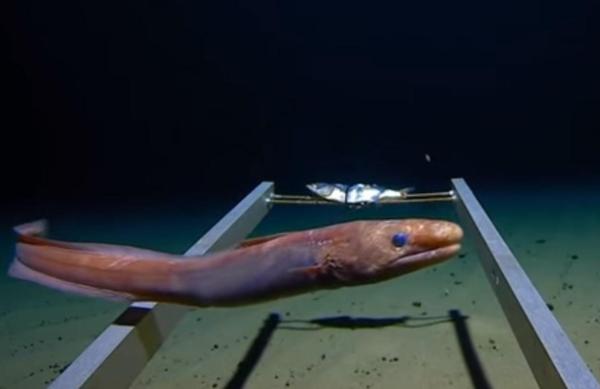
If you want to read similar articles to Animals in the Mariana Trench, we recommend you visit our Facts about nature category.


